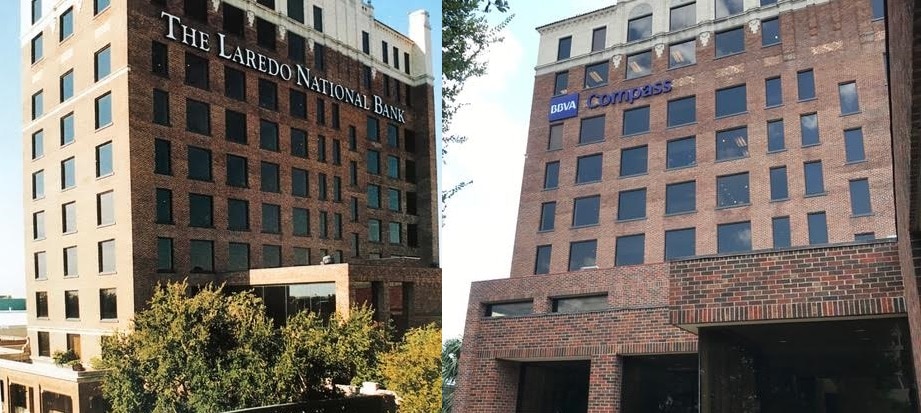

The 862-mile long Colorado River (Figure 2), entirely contained with the boundaries of present-day Texas, and the 1280-mile long Brazos River (Figure 3) originating in what is now Curry County, New Mexico, had transported fertile soil from their upper stretches and deposited it in successive layers on the land along their lower courses for millennia slowly increasing its fertility. After canvasing the land between what is now Port Lavaca on the west to the San Jacinto River on the east, he decided on the rich river bottom land in between including the Brazos and Colorado Rivers, south of the El Camino Real extending from the vicinity of present-day Brenham, Navasota, and La Grange to the mouths of these two rivers on the Gulf of Mexico. Presumably, some or all of the eight men previously mentioned accompanied him.

Within days Austin began searching for land for his colony. Terms of the Spanish contract required that the colonists be loyal to the official government and religion of Spain and recognized the necessity of having colonists of reputable character. Austin met with the Spanish governor Antonio María Martínez who recognized him as the rightful heir to his father’s grant and issued him an empresario contract to settle three hundred families in Spanish Texas. See our Patriots page for his biography.) Upon arrival in San Antonio, Stephen F. He is buried in a grave, now lost, along the banks of the Brazos in Brazoria County near what is now East Columbia. (Note: William Smeathers was a patriot who fought both in the American Revolution and in the War of 1812. Hewiston and William Smithers (or Smeathers), a hunter. Austin’s journal shows that he was accompanied by about eight men, including: William Little Edward Lovelace Henry Holstein Dr. Stephen Austin received the news of his father’s death on Jin Natchitoches, LA while travelling to San Antonio to request permission to assume his father’s role.

Austin, informing him of his father’s deteriorating health, and begging him to take up the challenge of establishing the Texas colony. On June 8 his wife, Maria, wrote a letter to their son, Stephen F. Unfortunately Moses died of pneumonia in Missouri June 10, 1821. The first legal authorization to settle families in Texas was granted to Moses Austin of Missouri when in January 1821 Joaquin de Arredondo, Commandant General of the Eastern Division of the Provincias Internas (internal provinces which included Coahuila, Texas, and several other Spanish provinces), approved his colonization plan. If traveling by sea, one left New Orleans by schooner and landed either at Galveston, TX or at the mouths of one of the major rivers such as the Brazos or Colorado Rivers which offered ready access inland (see Figures 1, 2 and 3). (Houston and Austin, TX did not exist at that time.) Branches off the main trail connected with the cities of Bastrop, Cuero, Goliad and Laredo, TX. This historic trail across Texas began in Natchitoches, LA and ended at Coahuila, Mexico after passing through the Texas cities of San Augustine, Nacogdoches, San Marcos and San Antonio. The overland route was the El Camino Real (see Figure 1). In the 1820s visitors and immigrants to Texas from the United States traveled either by land or by sea.


 0 kommentar(er)
0 kommentar(er)
